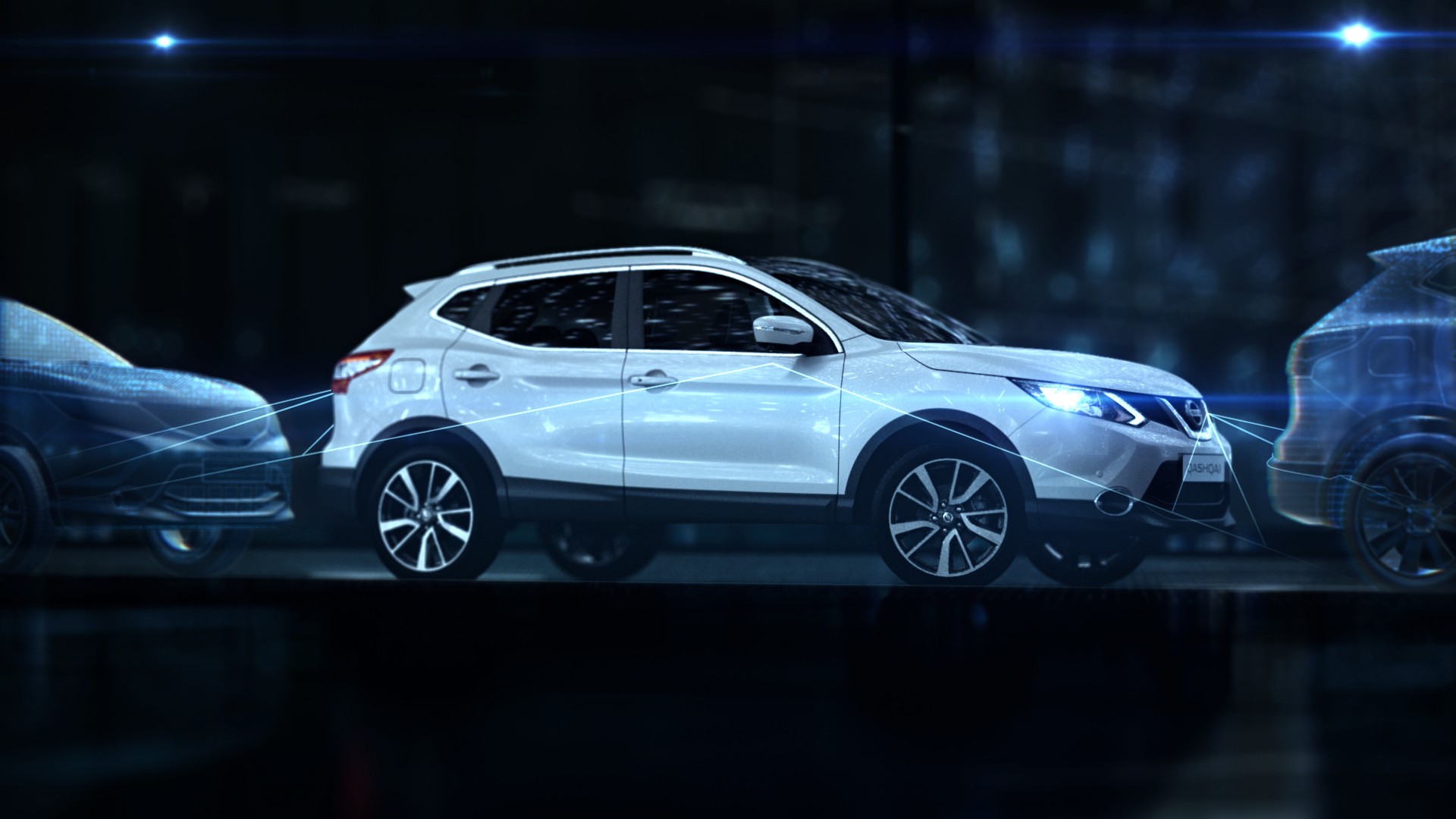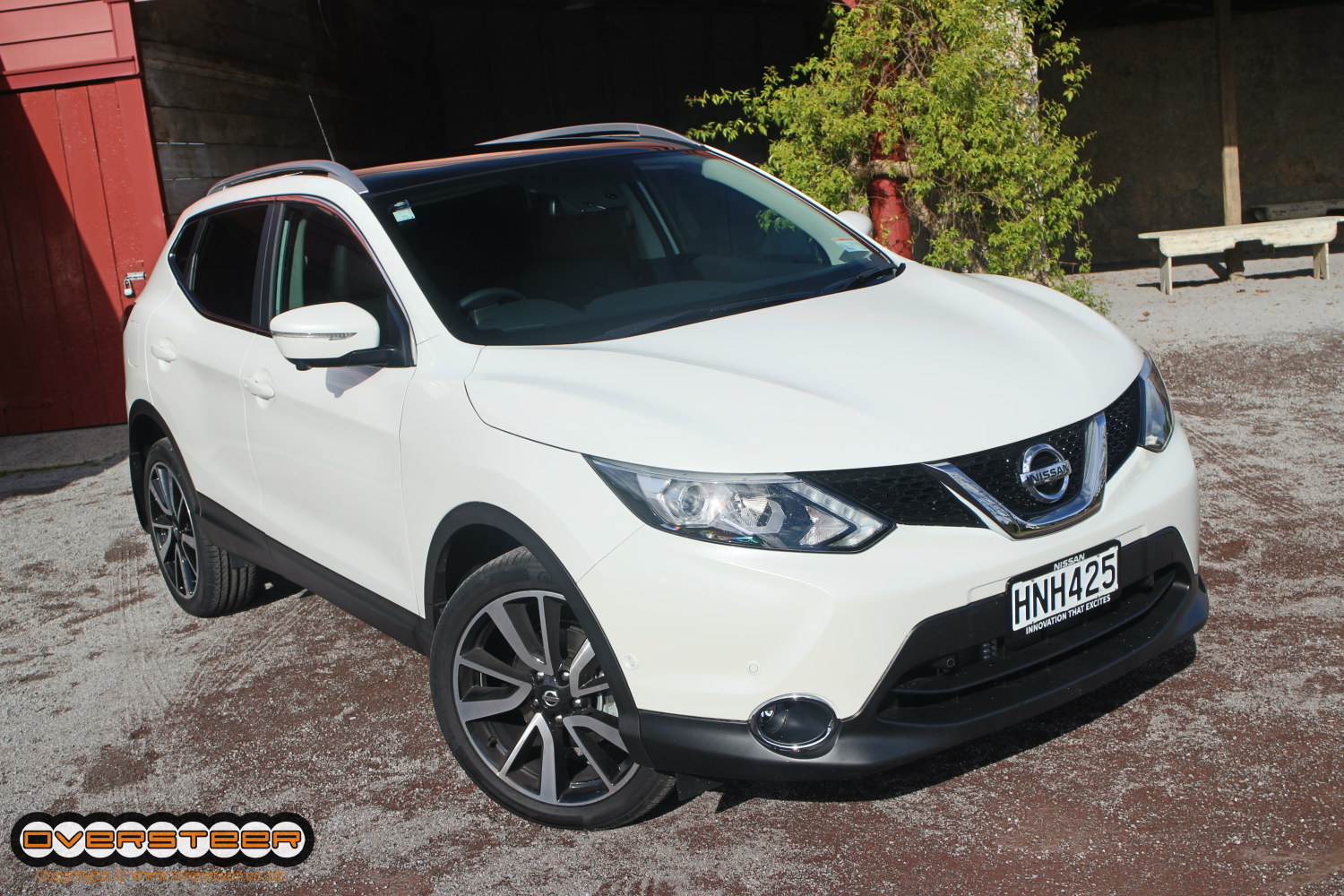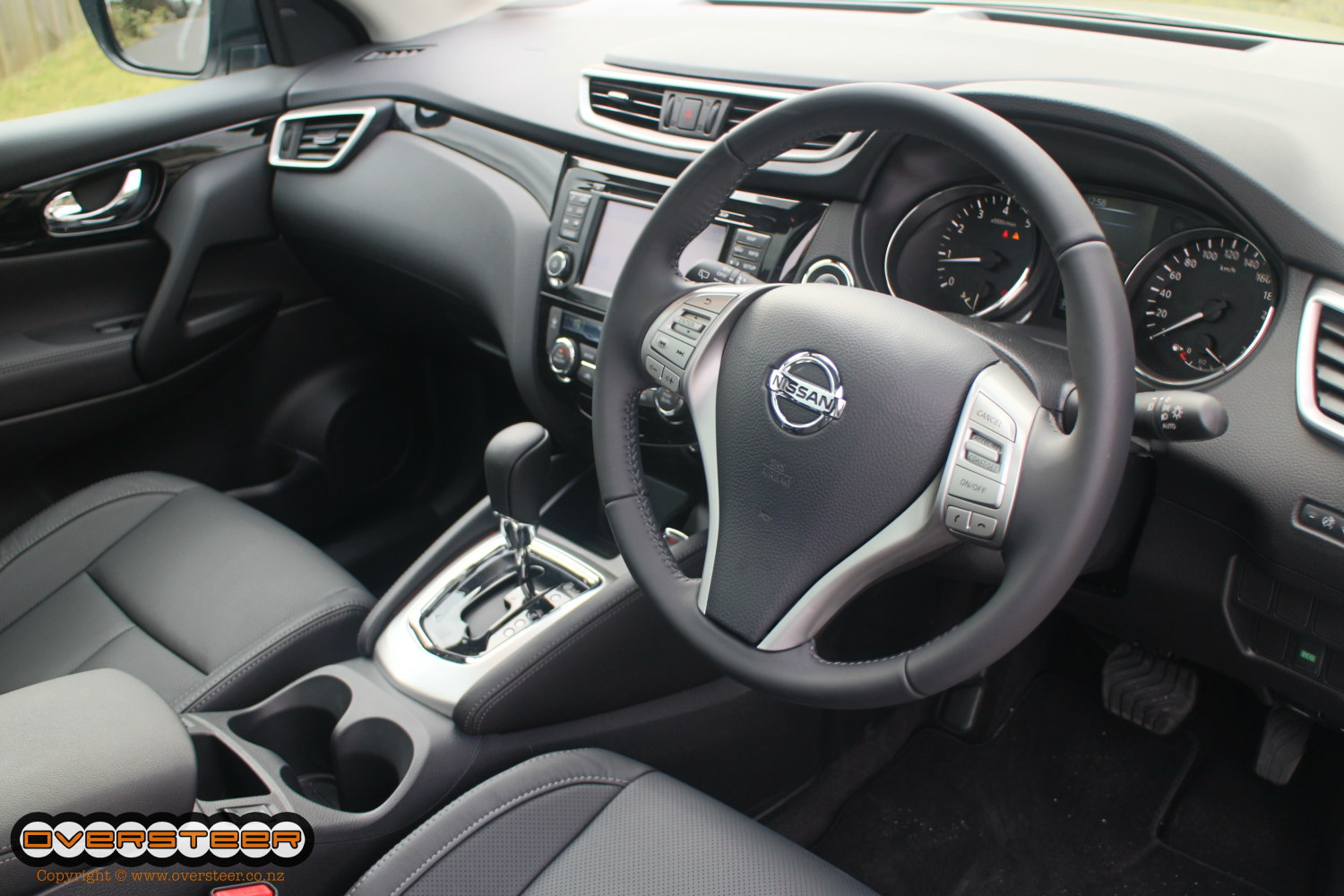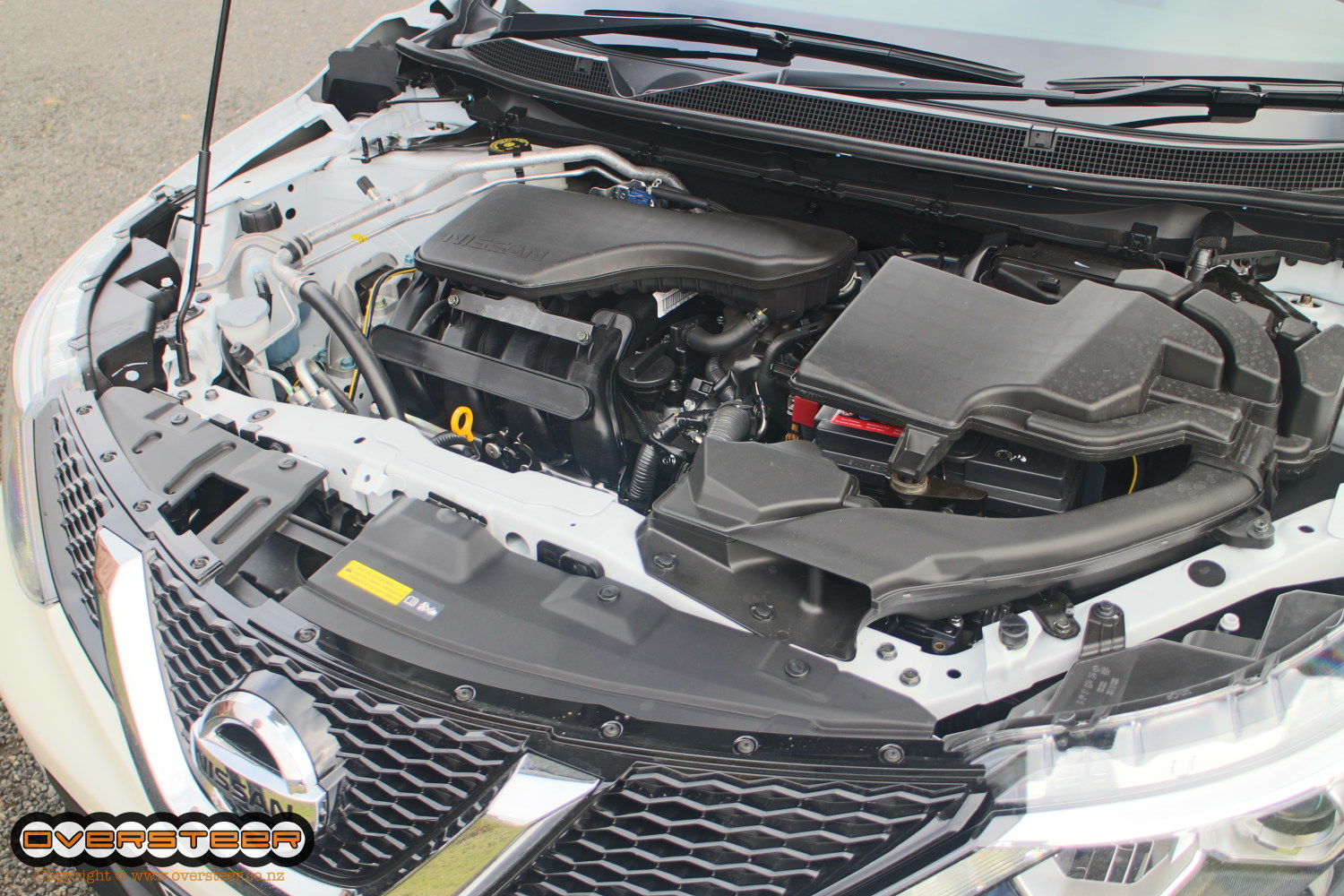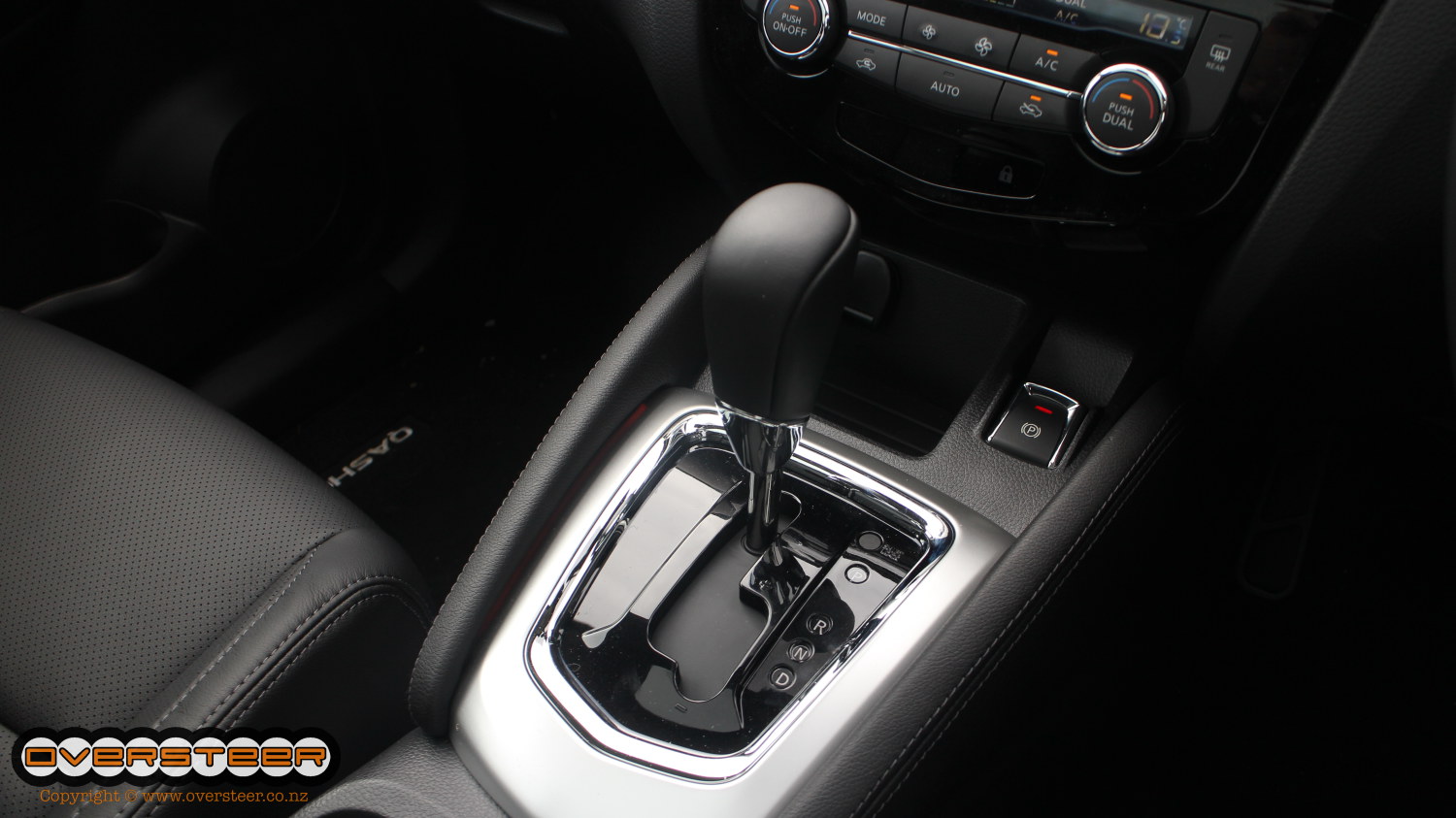The Nissan Qashqai was subject to a lot of ridicule for its silly name when it was first released, but the jokes stopped when we all got used to it and everyone realised that it was a thoroughly excellent car.
Now there is an all-new version of the car that has been a big success for Nissan globally, as well as here in New Zealand. We spent a violently windy day in the Auckland area trying the new car out at the local launch and came away even more impressed by the new Qashqai.
What is it?
The latest all-new member of Nissan’s increasingly strong SUV line up, joining the Juke, X-Trail, Murano, Pathfinder and Patrol in one of the most comprehensive SUV ranges offered by a manufacturer.
While, at first glance, the Qashqai looks, well… exactly the same as the recently launched new X-Trail, get the two side by side and the differences become far more apparent. The Qashqai is both lower and shorter than the X-Trail, with a more aggressive take on Nissan’s new family face, a roofline that drops down from the more sportily raked windscreen to the cut-off and far more sculpted rear end.
Dig underneath the skin and you will find the same platform as the X-Trail, but with a choice of either a 106kW/200Nm 2.0-litre four-cylinder petrol engine or a 96kW/320Nm 1.6-litre four-cylinder turbo diesel engine, both connected to an improved version of Nissan’s continuously variable transmission.
The petrol variant is available in three guises – ST, ST-L and Ti – while the diesel comes in a single TS model.
The ST kicks off the range at $35,990 and comes standard with 17-inch alloy wheels, a trip computer, a rear view camera, Hill Start Assist, a 5-inch colour display screen, a four-speaker audio system with CD, MP3, AM/FM, Aux, USB and Bluetooth streaming, Bluetooth handsfree phone connectivity, cruise control, LED daytime running lights and power-adjustable door mirrors.
The ST-L gets all the ST spec and adds 19-inch alloy wheels, rain sensing wipers, automatic headlights, two extra speakers for the audio system, dual zone climate control, keyless entry with a push button starting system, premium cloth seat trim, a rear centre armrest with two cupholders, a front centre console with two-level storage, an automatic anti-dazzle rear view mirror, piano black interior trim, power folding door mirrors, rear privacy glass, a panoramic glass roof and roof rails. The ST-L lands in New Zealand at $39,990 and the diesel TS – which largely mirrors the ST-L spec (apart from adding a stop/start system and losing one rear interior light and the chrome foglight surrounds) – drops at $42,990.
The top of the range Ti gets all of the above spec, but also adds Nissan’s “Around View” top-down camera system, Moving Object Detection system, Blind Spot Warning system, Land Departure Warning, Intelligent Park Assist self-parking system, auto-levelling LED headlights, a 7-inch display screen with satellite navigation, RDS-compatible radio, heated front seats, leather seat trim, a 6-way power adjustable driver’s seat and heated door mirrors for $43,990.
Unlike the last generation of Qashqai, this new one only comes in five-seat form, with the seven-seat X-Trail taking over that particular position in the Nissan line up now.
What is it like?
Surprisingly different from the X-Trail for a start!
For a car that looks a lot like the X-Trail and is based on the same platform, it feels noticeably different in terms of both handling and performance.
The Qashqai feels smaller and more agile than the X-Trail and the smaller engines feel livelier and more responsive than the larger unit in the X-Trail. Ride comfort is right up there with the impressive X-Trail, but the Qashqai does feel slightly firmer and more controlled as well.
While the 2.0-litre petrol engine is a very nice unit, the 1.6-litre diesel is a brilliant little unit that feels far bigger and brawnier than its modest capacity.
Both engines pull the Qashqai along nicely however, and the revamped CVT is a pleasingly agreeable unit as well – it has now been tuned to offer “steps”, or fake gear changes, in order to break up the usual groaning monotony that is acceleration with a continuously variable transmission. And, like Subaru’s recent efforts in this area, it makes a massive difference to the driving atmosphere inside the car.
What’s good about it?
It looks fantastic, especially when you start noticing the differences between it and the X-Trail – the Qashqai is sleeker, lower and a more cohesive design altogether.
Both engines are great, but the diesel is a real little combustion-ignition gem.
Spec levels are impressively high, even in the base model. Plus handling and ride comfort is up across the range, gene though the last Qashqai was extremely accomplished in these areas anyway.
What’s not so good?
You can’t get a top-spec diesel-engined variant. Mind you, that would push the price up to the point where we would be complaining about how expensive the top diesel model is, so it’s a bit of a no-win situation for Nissan there…
First impressions?
The new Qashqai – like the old one was when it was launched – is a thoroughly excellent and impressive car.
It offers the advantages of the SUV body style (high ride height, plenty of room for cargo and people, the image) and yet is every bit as practical and manoeuvrable as a small hatchback.
And, best of all, it looks great and is fantastic to drive.
The Qashqai offers excellent value for money on paper and is one of those cars that also delivers satisfaction on the road as well as looking the part parked up in the driveway as well. Well-specced, well-priced and very good-looking, the Qashqai deserves to carry on the success of the original and continue to be a big seller for Nissan in New Zealand.
Models/prices
ST – $35,990
ST-L – $39,990
TS – $42,990
Ti – $43,990
Powertrain
2.0-litre inline 4-cylinder petrol producing 106kW/200Nm; continuously variable transmission; front-wheel drive (ST, ST-L, Ti), 1.6-litre inline 4-cylinder turbo diesel producing 96kW/320Nm; continuously variable transmission; front-wheel drive (TS)
Fuel consumption: 6.9L/100km (petrol), 4.9L/100km (diesel)
CO2 emissions: 159g/km (petrol), 129g/km (diesel)
Safety
ANCAP/EuroNCAP rating: Five stars
Air bags: 6
Stability control: yes
Lap/diagonal belts: 5

